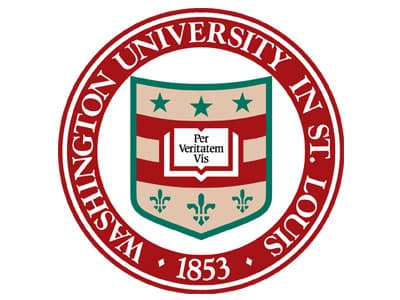

At Washington University in St. Louis, located in Missouri, salary expectations for faculty and staff are determined by a combination of factors including role, academic rank, years of experience, and field of expertise. Salaries often vary significantly between disciplines, with higher compensation typically offered in fields like medicine, law, and business compared to humanities or social sciences. The university also considers market competitiveness and internal equity when setting pay. While Washington University in St. Louis does not publicly publish detailed salary bands for all positions, some data may be accessible through state or federal reporting for public-facing roles or through aggregated surveys of higher education compensation.
Salaries at Washington University in St. Louis are generally competitive within the higher education sector, particularly for a private research institution of its caliber. Faculty compensation often aligns with benchmarks set by peer institutions in the Association of American Universities (AAU), ensuring attractiveness to top talent. Progression in salary is typically tied to promotion through academic ranks or increased administrative responsibilities, with periodic reviews for merit-based increases. While specific individual salaries are not publicly disclosed, the university’s commitment to attracting high-caliber professionals suggests a focus on market-driven pay, especially in high-demand fields. For prospective employees, understanding salary expectations may require direct negotiation or consultation during the hiring process.